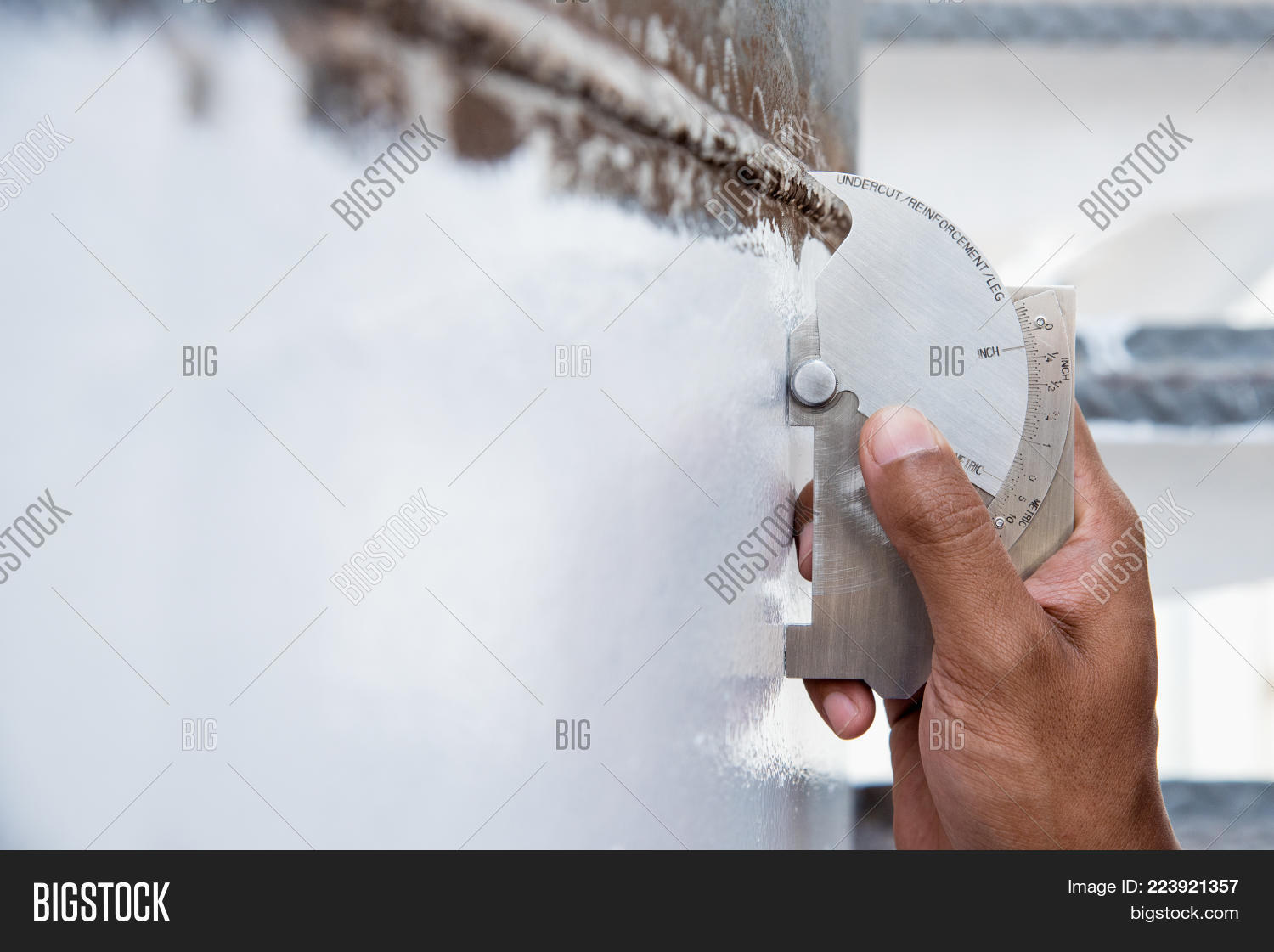Tank Welding Inspection: Ensuring Long-Term Durability and Safety And Security
Tank Welding Inspection: Ensuring Long-Term Durability and Safety And Security
Blog Article
A Detailed Introduction of Tank Welding Assessment Requirements and Methodologies for Improved Weld High Quality and Efficiency
The importance of welding inspection criteria in the manufacturing of tanks can not be overemphasized, as they act as the foundation for ensuring weld stability and operational dependability. Numerous inspection techniques, consisting of visual evaluations and progressed non-destructive testing approaches, are critical in identifying possible defects that might jeopardize performance. Adhering to regulative criteria not only boosts weld top quality yet also mitigates the risk of expensive failings. As we explore the nuances of these techniques, it becomes necessary to take into consideration just how a systematic method can change present methods and lead to significant enhancements in outcomes.
Relevance of Welding Examination Standards

Welding evaluation criteria encompass a variety of standards, consisting of material specifications, welding treatments, and qualifications of workers included in the welding procedure. By imposing these criteria, companies can systematically determine and fix potential flaws, therefore decreasing the likelihood of pricey repair work or tragic failings. Strenuous inspection methods foster a society of liability and accuracy, encouraging welders to maintain high levels of craftsmanship.

Usual Welding Examination Techniques


Ultrasonic Examining (UT) is one more common technique, using high-frequency acoustic waves to spot internal defects that might not show up externally. This approach is especially reliable for identifying voids or inclusions within the weld metal. Magnetic Fragment Examining (MT) is additionally commonly utilized, especially for ferromagnetic materials, as it reveals surface area and near-surface flaws through the application of electromagnetic fields and ferrous particles.
In Addition, Fluid Penetrant Screening (PT) identifies surface-breaking issues by applying a penetrant to the weld and after that making use of official source a designer to attract out the penetrant. Each of these strategies adds to a comprehensive examination method, making certain that welds satisfy the stringent high quality standards needed in container building.
Governing Criteria and Conformity
Regulatory requirements and compliance are crucial elements in making certain the security and integrity of bonded frameworks in container building and construction - Tank Welding Inspection. These criteria offer to develop minimum demands for product homes, welding treatments, and inspection methods, therefore decreasing the threat of structural failures and improving total efficiency
Trick organizations, such as the American Society of Mechanical Designers (ASME) and the American Welding Culture (AWS), provide standards that are widely embraced in the sector. Compliance with these requirements not just makes sure adherence to ideal practices but likewise satisfies lawful and legal commitments, safeguarding the rate of interests of stakeholders.
Regulative bodies commonly mandate adherence to details codes, such as ASME Code Area IX for welding credentials and API 650 for bonded tanks. These codes outline needs for welding strategies, credentials of employees, and screening methods visit their website to verify weld integrity.
Regular audits and evaluations are vital to preserving compliance, as they help identify discrepancies from established standards. Non-compliance can result in considerable charges, job delays, and safety hazards. Thus, a durable understanding of regulative requirements and a commitment to compliance are vital in accomplishing high-grade and resilient welded storage tank structures.
Non-Destructive Evaluating Approaches
Exactly how can the stability of welded structures be assured without creating damages? Non-destructive testing (NDT) methods supply a durable service, making it possible for assessors to examine weld high quality without compromising the product - Tank Welding Inspection. Among the most typical NDT strategies are ultrasonic testing (UT), radiographic testing (RT), magnetic fragment screening (MT), and dye penetrant screening (PT)
Radiographic testing entails passing X-rays or gamma rays with the weld, developing images that disclose architectural defects such as fractures or voids. This technique is important for analyzing the integrity of intricate welds.
Magnetic particle screening is matched for ferromagnetic materials, where electromagnetic fields reveal surface area and near-surface discontinuities. Dye penetrant screening makes use of a liquid color to highlight surface-breaking flaws, making it an efficient approach for non-porous materials.
Each of these NDT techniques has distinctive advantages, permitting extensive analyses customized to particular products and welding procedures. By implementing these methods, markets can ensure the dependability and safety and security of bonded structures, eventually improving overall efficiency.
Enhancing Weld Top Quality Through Evaluation
Efficient inspection plays a critical duty in improving weld try this website quality, acting as an important checkpoint in the construction procedure. By recognizing possible defects early, inspections reduce the danger of jeopardized structural stability and guarantee compliance with industry standards. Employing a combination of visual examinations, non-destructive testing (NDT) techniques, and mechanical evaluations, examiners can discover problems such as porosity, fractures, and incomplete combination.
Executing a robust evaluation method not just boosts the general high quality of welds however likewise promotes a culture of accountability among welders and makers. Normal training and qualification of examination employees make sure that they are furnished with the required skills to recognize and deal with potential troubles successfully. This positive technique lessens rework and connected costs, inevitably adding to forecast efficiency.
Furthermore, thorough documents of assessment findings gives valuable insights into persisting concerns, facilitating continuous enhancement in welding methods. By leveraging innovative innovations, such as automated ultrasonic testing or electronic radiography, weld high quality can be enhanced via a lot more precise analyses. In final thought, a rigorous examination process is crucial in accomplishing high-quality welds, guaranteeing safety, dependability, and longevity in storage tank fabrication.
Final Thought
Finally, the application of rigorous storage tank welding inspection requirements and methodologies is necessary for guaranteeing weld honesty and performance. By using a mix of visual inspections, non-destructive testing approaches, and adherence to regulatory requirements, companies can efficiently determine and minimize prospective flaws. Fostering a culture of responsibility amongst welders additionally boosts the quality of welding processes. Eventually, these techniques contribute to lowered structural failures, lower repair service prices, and improved operational effectiveness within the sector.
Report this page